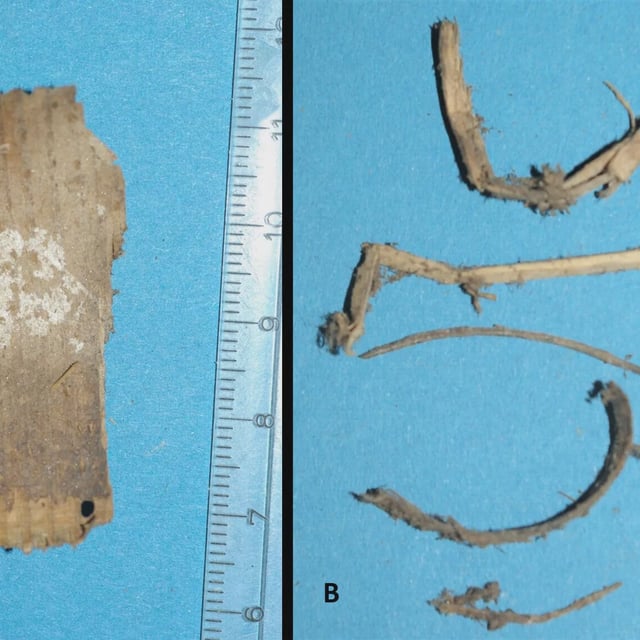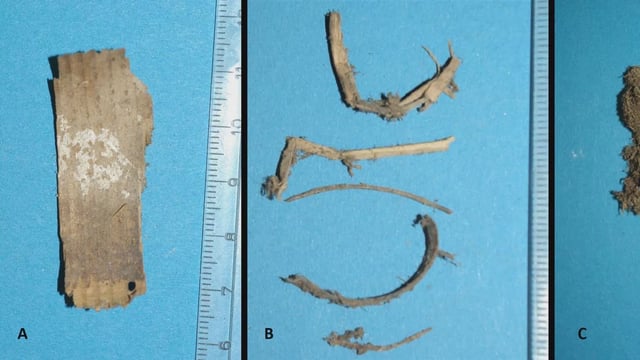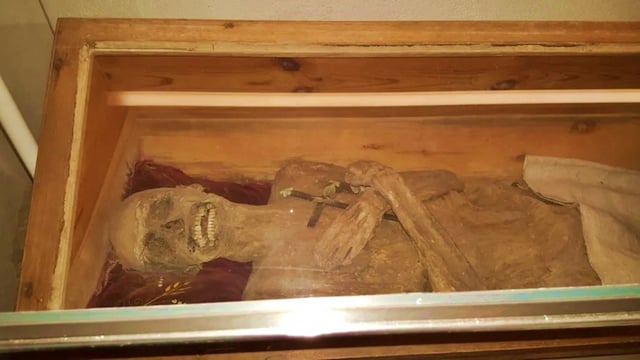Overview
- The mummy, found in the crypt of St Thomas am Blasenstein church in Austria, has been identified as Franz Xaver Sidler von Rosenegg, a parish vicar who died in 1746 at age 37.
- A groundbreaking study published in *Frontiers in Medicine* revealed a novel embalming method involving the insertion of wood chips, twigs, fabrics, and zinc chloride through the rectal canal for internal drying.
- This internal preservation technique contrasts with traditional European practices and may have been more widespread than previously recognized, according to researchers.
- Advanced imaging, radiocarbon dating, and chemical analysis confirmed the materials used and provided insights into the priest’s lifestyle, including evidence of tuberculosis and long-term smoking.
- The findings are prompting researchers to re-examine other crypt burials across Europe for overlooked evidence of similar embalming practices.



